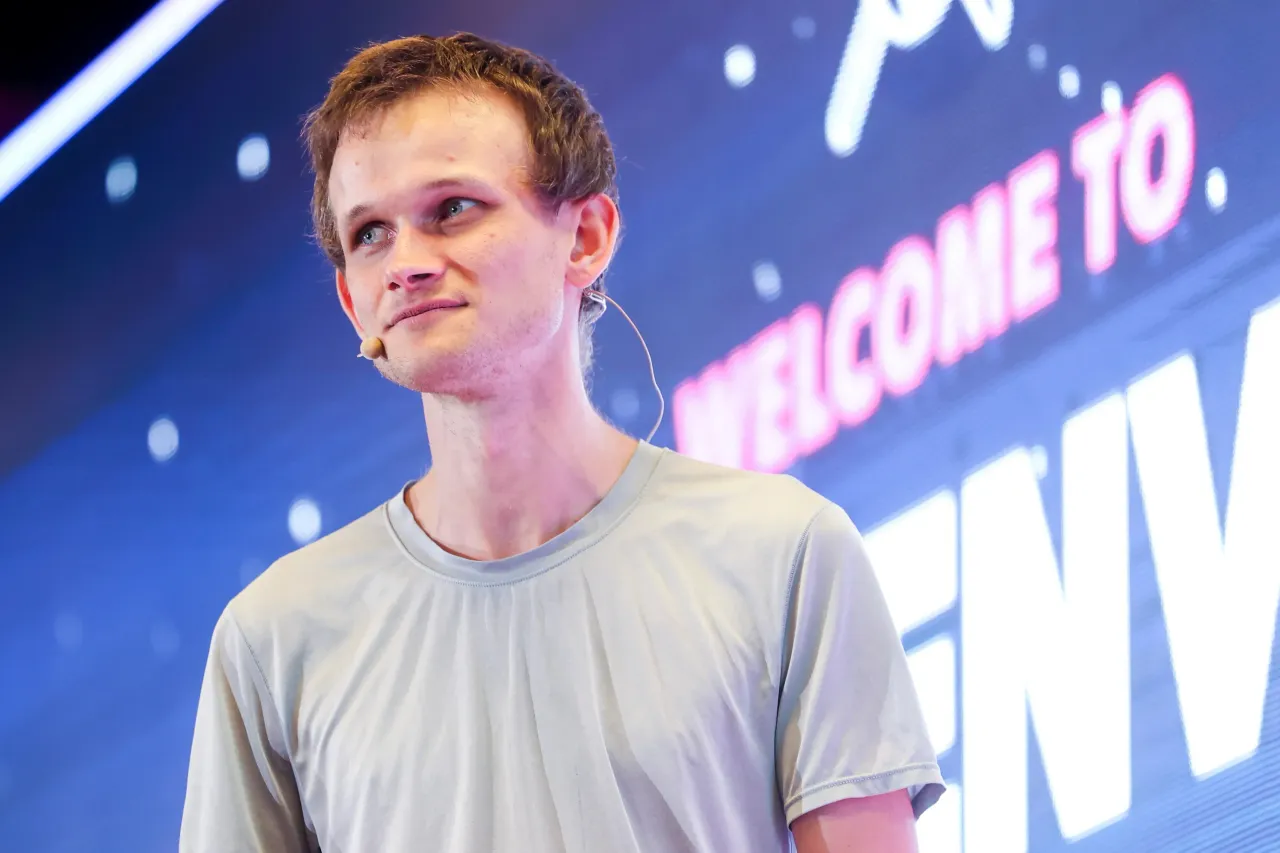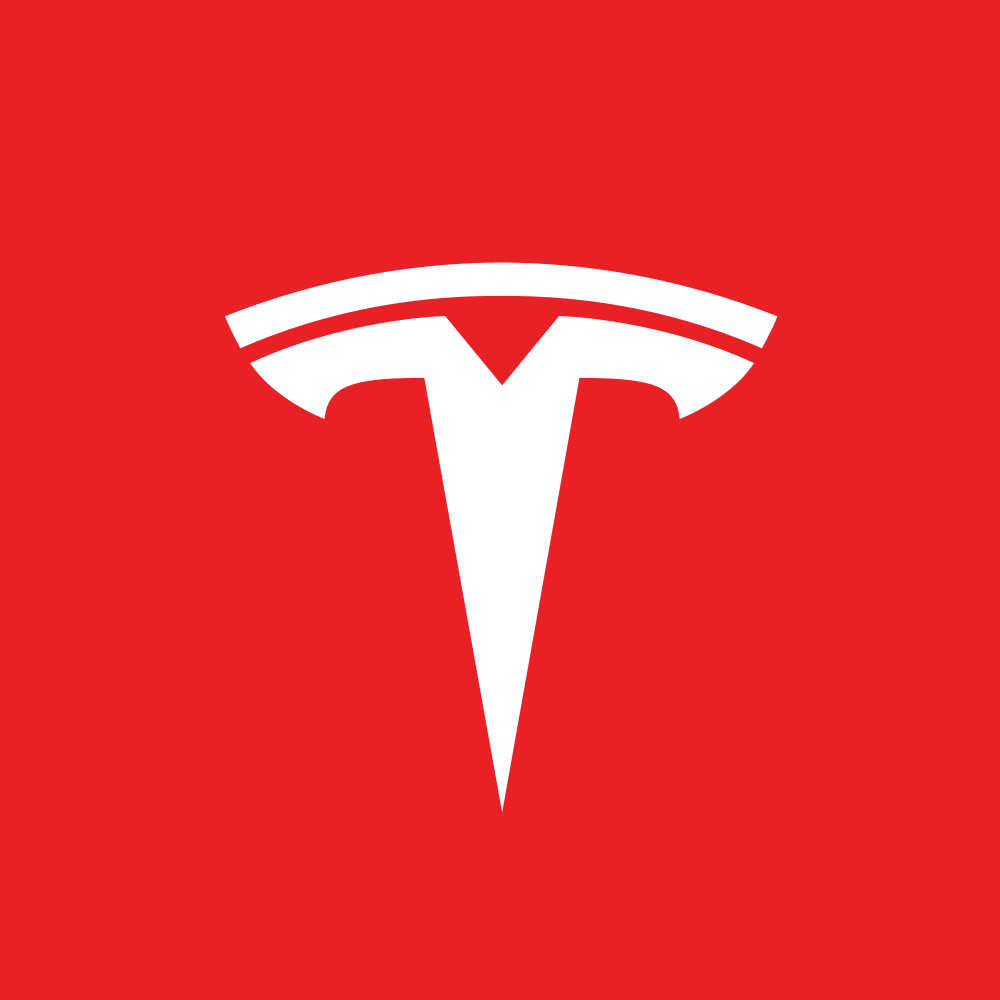Advertisement|Remove ads.
Vitalik Buterin Says Ethereum Gas Limit Will Continue To Grow But In A ‘Less Uniform’ Way

- In a post on X, Ethereum co-founder Vitalik Buterin said he expects the network’s gas limit to keep growing over the next year in a more targeted, less uniform way.
- The network recently doubled its block gas limit to 60 million, up from 30 million a year ago.
- Buterin indicated Ethereum will selectively increase block capacity while raising gas costs for computationally inefficient operations.
Co-founder of Ethereum (ETH) Vitalik Buterin said on Wednesday that the network’s gas limit is expected to keep growing, but in a ‘less uniform’ way over the next year.
His comment comes after the crypto community noted that Ethereum has doubled its block gas limit to 60 million, up from 30 million a year ago.
“We expect continued growth but more targeted and less uniform growth for next year,” Buterin wrote in a post on X. His message indicated that instead of simply raising the gas limit across the board, Ethereum plans to selectively increase block capacity while simultaneously hiking gas costs for more computationally inefficient operations.
Selective Gas Increases
He hypothesized that one possibility is that the gas limit could increase up to five-fold next year, but alongside a five-fold increase in costs for inefficient operations.
Vitalik outlined potential areas for increased gas costs, including SSTORE operations for new storage, CALLs to contracts with large code sizes, complex arithmetic operations such as MODMUL, and others.

This means Ethereum aims not just to scale but to incentivize developers to write optimized and efficient smart contract code, discouraging expensive or wasteful computation on the chain.
Gas Limits Explained
Gas limits directly determine how many transactions and computations each block can handle. As Ethereum adoption expands across DeFi, gaming, NFTs, and other Web3 applications, higher gas limits allow more operations to fit in each block. This reduces transaction backlogs and limits exorbitant gas fees during peak demand.
Ethereum’s price rose 1.7% in the last 24 hours to over $2,900 on Wednesday morning. On Stocktwits, retail sentiment around the leading altcoin trended in ‘bearish’ territory as chatter dipped to ‘normal’ from ‘high’ levels.
Read also: Bitcoin, XRP, ADA Struggle Ahead Of Thanksgiving – Analyst Warns There’s No Clear Catalyst For Q4
For updates and corrections, email newsroom[at]stocktwits[dot]com.











/filters:format(webp)https://news.stocktwits-cdn.com/large_bitcoin_OG_oct23_jpg_588046d0a9.webp)
/filters:format(webp)https://st-everywhere-cms-prod.s3.us-east-1.amazonaws.com/Prabhjote_DP_67623a9828.jpg)
/filters:format(webp)https://news.stocktwits-cdn.com/large_Getty_Images_2249752682_jpg_e99c6721d4.webp)
/filters:format(webp)https://news.stocktwits-cdn.com/Anushka_Basu_make_me_smile_in_the_picture_b92832aa_af59_4141_aacc_4180d2241ba8_1_2_png_1086e0ed8c.webp)
/filters:format(webp)https://news.stocktwits-cdn.com/stock_charts_jpg_296c76a905.webp)
/filters:format(webp)https://news.stocktwits-cdn.com/large_solana_crypto_OG_jpg_493deb9d88.webp)
/filters:format(webp)https://news.stocktwits-cdn.com/large_crypto_coin_OG_jpg_ff1333a0bc.webp)
/filters:format(webp)https://news.stocktwits-cdn.com/large_Getty_Images_1241222874_jpg_d3a5711583.webp)